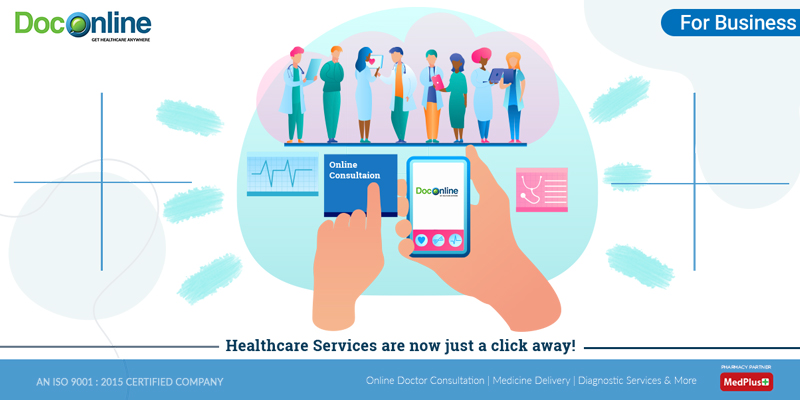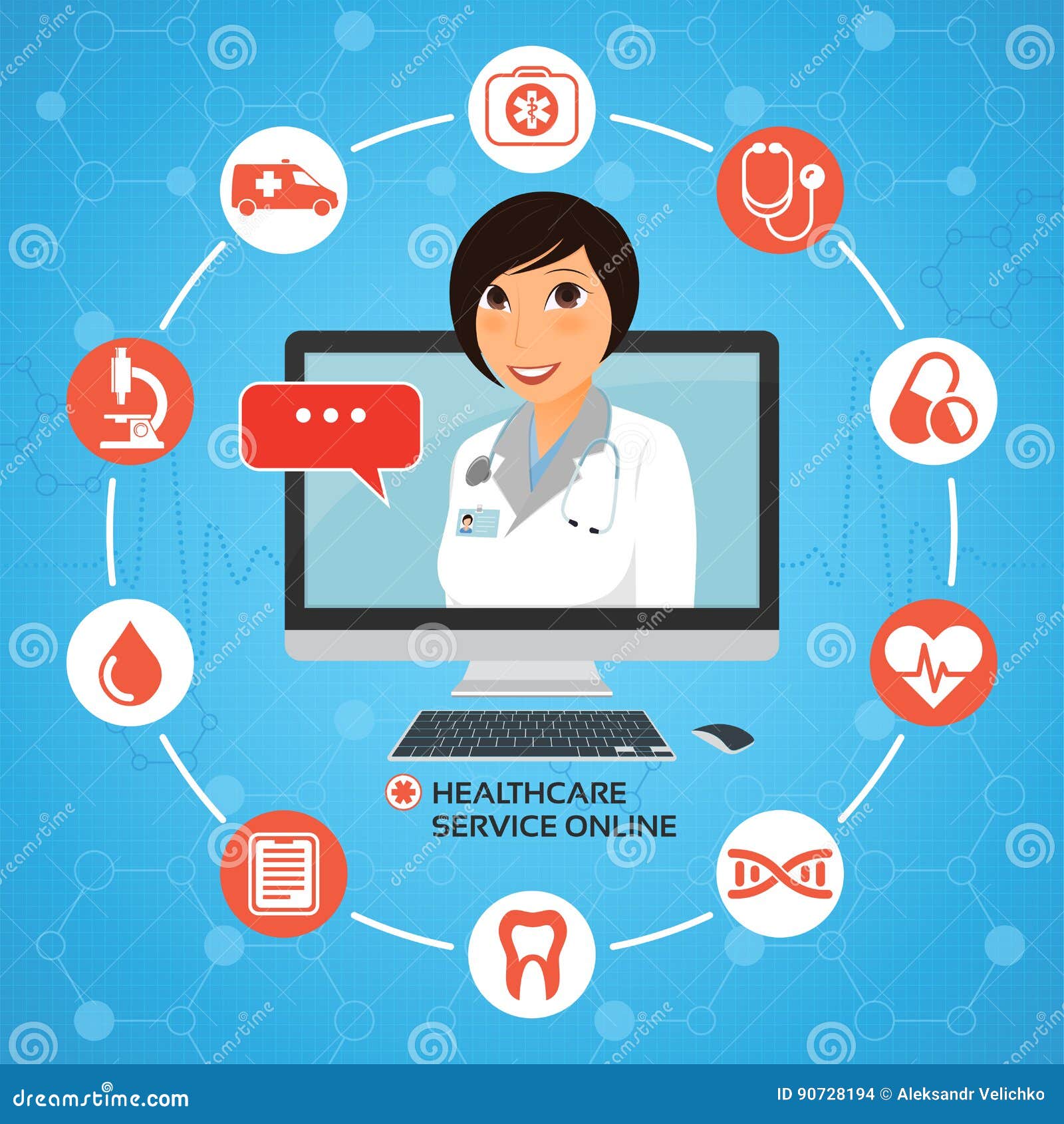How Subscription-Based Medical Care Is Transforming the Medical Sector

The Surge of Registration Medical Care
Recently, the healthcare industry has witnessed a substantial shift towards subscription-based designs, reflecting broader customer fads preferring ease and predictability. This makeover is driven by the raising demand for more easily accessible and personalized treatment remedies. Membership healthcare, in some cases referred to as attendant medication or straight key treatment, provides patients a set month-to-month charge for a variety of clinical services, significantly altering conventional fee-for-service designs.
The increase of subscription medical care is assisted in by innovations in modern technology, which allow streamlined interaction in between individuals and suppliers - subscription based healthcare. Digital systems and telehealth solutions have come to be important, using people the capacity to set up consultations, access clinical records, and get consultations online. This technological integration not just enhances patient involvement but additionally enables companies to deliver a lot more efficient treatment
Additionally, the subscription design aligns with the progressing expectations of patients who look for even more control over their healthcare expenditures and experiences. By eliminating the unpredictability of co-pays and insurance policy claims, subscription-based medical care provides a straightforward and clear approach. While this model is obtaining grip, its expansion deals with obstacles such as regulatory obstacles and the need for wider approval within the typical health care community. However, its growing existence marks a crucial moment in the development of health care delivery.
Advantages for Service Providers and individuals
Subscription-based health care supplies a wide variety of advantages for both suppliers and individuals, improving the dynamics of medical care. For clients, this model offers boosted accessibility to healthcare solutions.
For doctor, subscription-based versions foster a more lasting and enjoyable method. By protecting a constant revenue stream, service providers can concentrate on delivering premium care without the pressure of volume-based service. This design motivates longer person appointments, cultivating more powerful patient-provider partnerships and enhancing health and wellness end results. In addition, it offers companies the adaptability to innovate and incorporate all natural and precautionary care techniques. Management tasks are often streamlined, reducing overhanging costs and enabling suppliers to devote more time to individual communication. Generally, subscription-based health care aligns the incentives of carriers and clients, advertising an extra reliable and patient-centered healthcare distribution system.
Key Functions of the Model
Frequently, the crucial features of the subscription-based healthcare design highlight its distinctive method to delivering medical solutions. Central to this model is the concept of predictable, month-to-month payments, offering individuals a thorough range of services without the unpredictability of standard fee-for-service frameworks. This version frequently consists of unrestricted accessibility to key care solutions, precautionary treatment, and regular examinations, making sure that patients can engage with their health care providers proactively rather than reactively.
Furthermore, direct communication channels, such as telemedicine and messaging systems, are highlighted, enabling individuals to get prompt advice and consultations without needing in-person consultations. This boosts ease of access and comfort, especially for individuals with movement restrictions or those living in remote areas. The model also cultivates more powerful doctor-patient partnerships, as medical care service providers are incentivized to concentrate on lasting wellness results as opposed to temporary visits.
Furthermore, subscription-based healthcare usually incorporates technological advancements, such as electronic wellness documents and health monitoring applications, to provide reliable and personalized treatment. Clients gain from coordinated and continual treatment management, which is customized to their certain health and wellness needs. Inevitably, these features jointly develop a patient-centered health care experience, focusing on availability, cost transparency, and precautionary care.

Factors To Consider and challenges
While the subscription-based healthcare version provides countless advantages, it is not without its factors to consider and challenges. Membership versions might unintentionally prefer those with higher socioeconomic condition, possibly broadening variations in medical care access for lower-income individuals that might struggle with regular monthly fees.
An additional challenge exists in regulatory compliance. Subscription-based health care needs to navigate an intricate internet of regulations that vary by region, including problems around person confidentiality, data protection, and state licensing needs. Ensuring compliance without hindering the design's versatility and advancement can be daunting for companies.
Furthermore, there is the threat of overutilization or underutilization of services. Individuals paying a dealt with cost could overuse solutions, leading to raised functional expenses, while others may underutilize because of be afraid of straining the system, possibly disregarding needed treatment.
Future Leads and Innovations
The landscape of subscription-based medical care is positioned for makeover with emerging site innovations and progressing prospects. As innovation continues to breakthrough, the combination of expert system and device discovering provides substantial chances to boost diagnostic precision and improve client management. Predictive analytics can revolutionize preventative care by determining possible health threats before they materialize, thereby reducing both expenses and the worry on healthcare systems.
In addition, telemedicine is set to expand within subscription versions, offering patients enhanced accessibility to health care specialists no matter geographical restrictions. This not only promotes continuity of care however additionally encourages patients to engage even more actively in their health and wellness administration. Additionally, blockchain technology offers prospective in protecting patient information and ensuring interoperability across platforms, cultivating count on and transparency.
The development of individualized medicine is one more frontier, with subscription designs supplying a distinct framework for providing customized wellness solutions. Hereditary testing and individualized treatment strategies can be perfectly integrated, lining up individual requires with details medical treatments. Moreover, collaborations in between technology firms and healthcare suppliers are likely to produce innovative options, enhancing individual experiences and results. As these prospects appear, subscription-based health care has the potential to redefine just how care is delivered and accessed.
Final Thought
Subscription-based find out here healthcare is transforming the medical industry by offering a more available, predictable, and patient-centered approach to clinical services. In spite of difficulties such as regulatory difficulties and prospective differences in accessibility, the membership version holds guarantee for an extra reliable and customized health care experience.
Registration healthcare, sometimes referred to as attendant medication or direct main treatment, provides people a fixed regular click this link monthly charge for an array of medical solutions, considerably changing typical fee-for-service models.
Furthermore, the membership model aligns with the developing assumptions of clients that look for more control over their medical care expenditures and experiences. For patients, this model offers enhanced access to health care services. Generally, subscription-based medical care aligns the rewards of individuals and providers, advertising an extra patient-centered and reliable medical care distribution system.
Furthermore, telemedicine is established to broaden within membership designs, offering clients raised accessibility to healthcare specialists no matter of geographical restraints. - subscription based healthcare